History Of Body Image In America: How The ‘Ideal’ Female And Male Body Has Changed Over Time
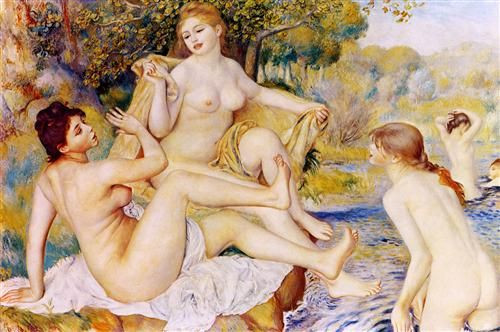
Today, we’re familiar with the societal pressure that goes along with “ideal body image,” particularly among females. While skinny models may populate most of today’s magazines and media, emphasizing an unhealthy obsession with thinness, women have always been under some form of pressure to look a certain way — even if that meant being more thickset in the 1940s and 50s.
Though it’s not talked about as often, male body image has also changed throughout the years from a lean, stylish look to a fixation on nearly impossible muscles and masculinity. Due to years of objectification and sexualization, female bodies tend to be more exposed to the scrutinizing public eye, but men are also subject to similar pressures, albeit perhaps more subtly. Here’s a brief and broad history of body image in the U.S., from the days of pale, buxom ladies to the 1980s passion for women with lean, tan bodies, and finally, to the modern day body-positive movement.
1800s: Rubenesque figures
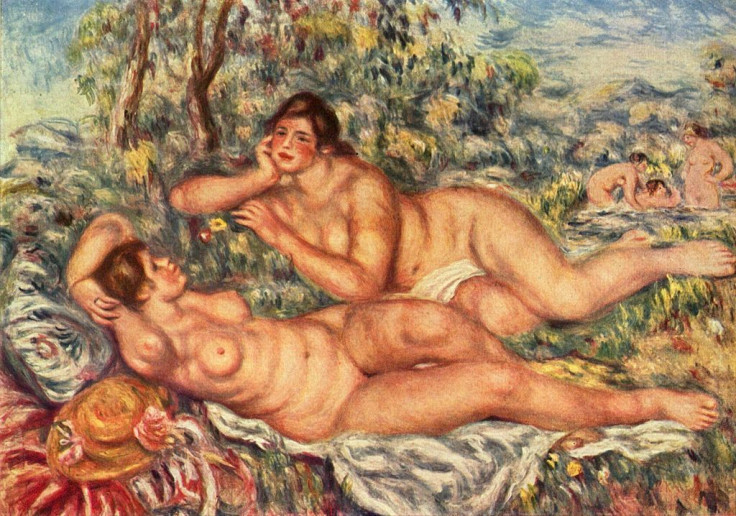
Peter Paul Rubens, a 17th century Flemish Baroque painter, was famous for his depictions of plump, sensual women. Up until the 20th century, curvy, voluptuous women were considered ideally beautiful in the U.S. and Europe. Thus, the term “rubenesque” was used to describe a woman of ideal beauty — certainly more on the plump side than what we might expect to be revered today.
Read: Women’s Body Image Largely Influenced By False Assumptions Of Male Opinion
1890s-1910s: The Gibson Girls
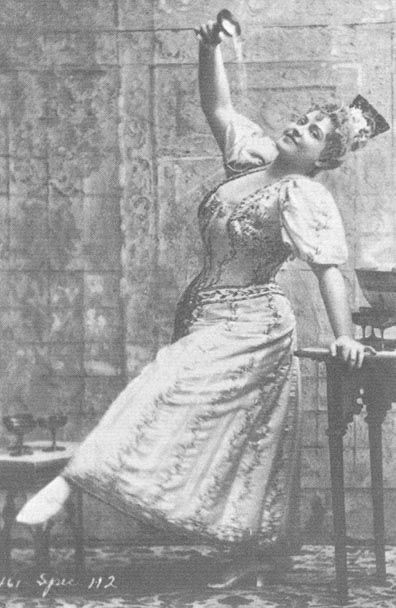
In the late 1800s, Lillian Russell, a famous actress and singer, came to represent a woman of ultimate beauty. Russell, who appeared to be rather big-boned and heavyset, was known for her stylish hats and outfits, and was wildly popular among men.
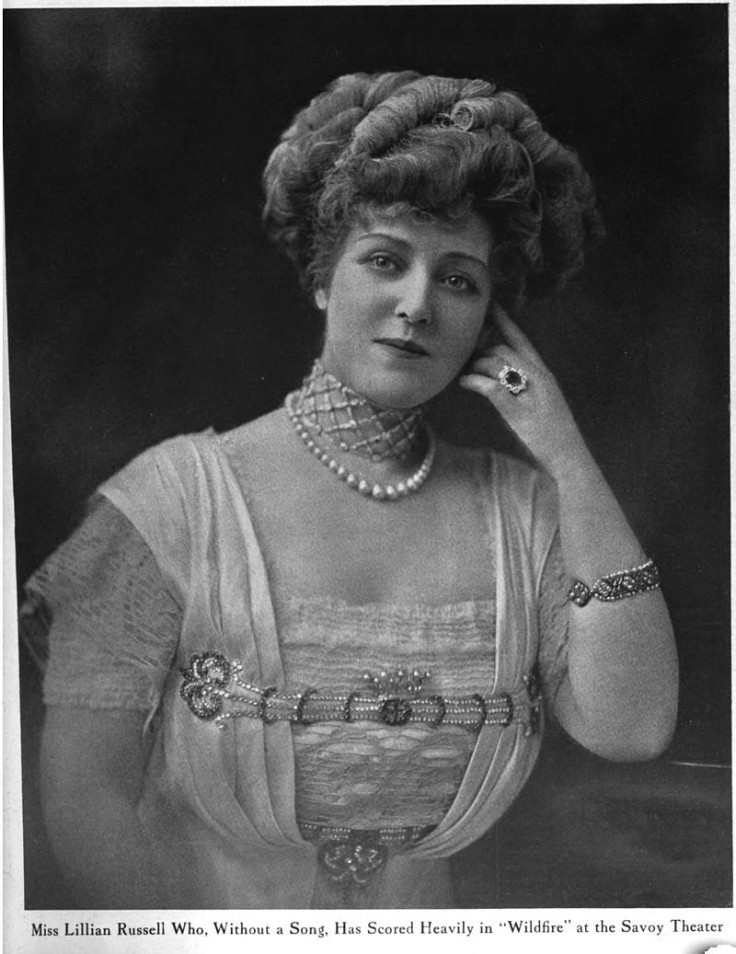
During this time, another female body image archetype was the “Gibson girl” — a soft, supple, dainty female with a frame defined by a swan bill corset. The Gibson girl initially appeared in the illustrations of Charles Dana Gibson, who defined the “ideal female form” of American women as a woman with a thin waist, large bosom, rounded shoulders, and smooth neck. Gibson girls were “fragile” ladies who were voluptuous, but not lewd; progressive, but not too political; and they glamorized female independence but also didn’t stray too far from feminine ideals.

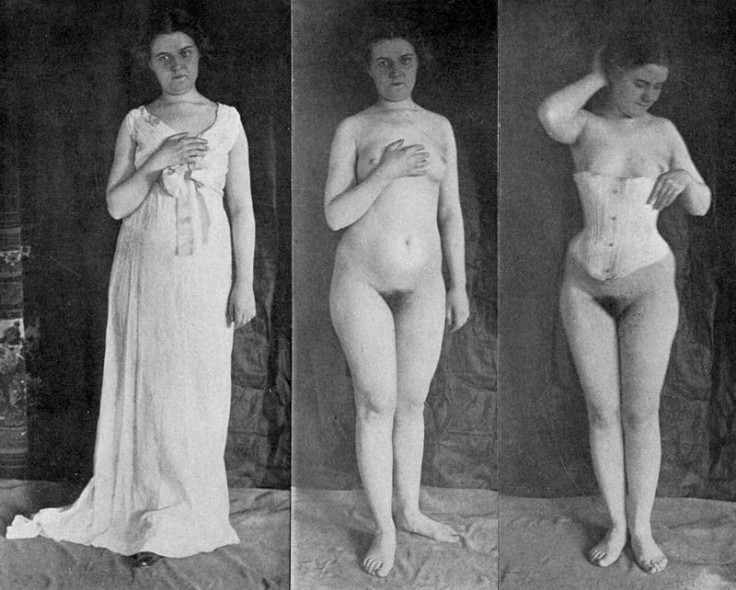
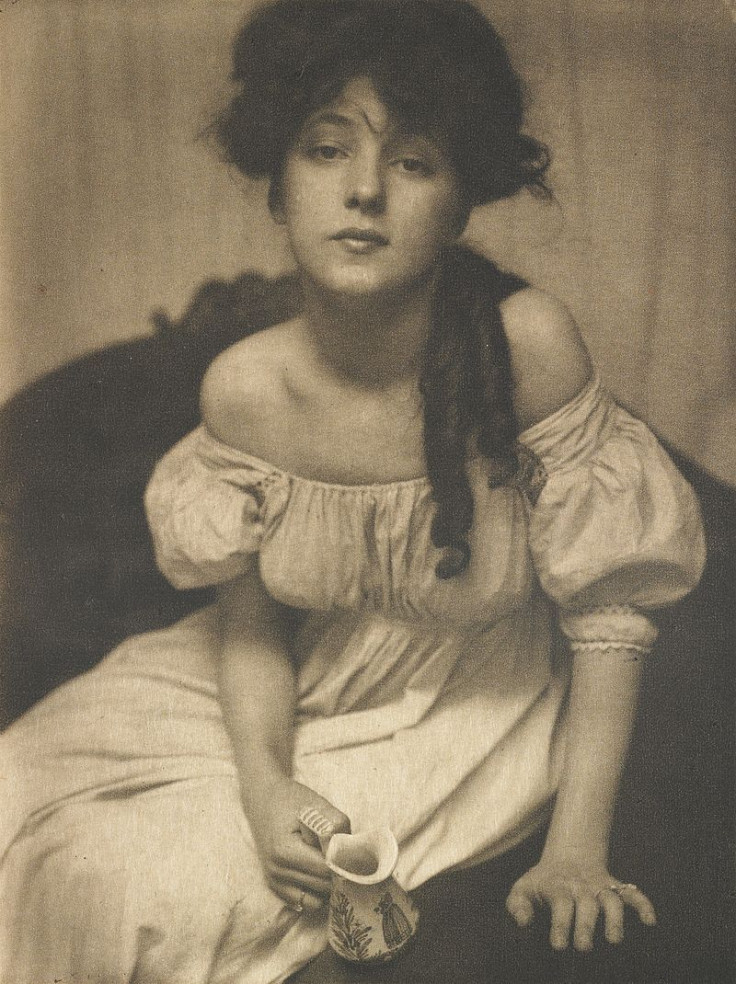
1920s: The flappers
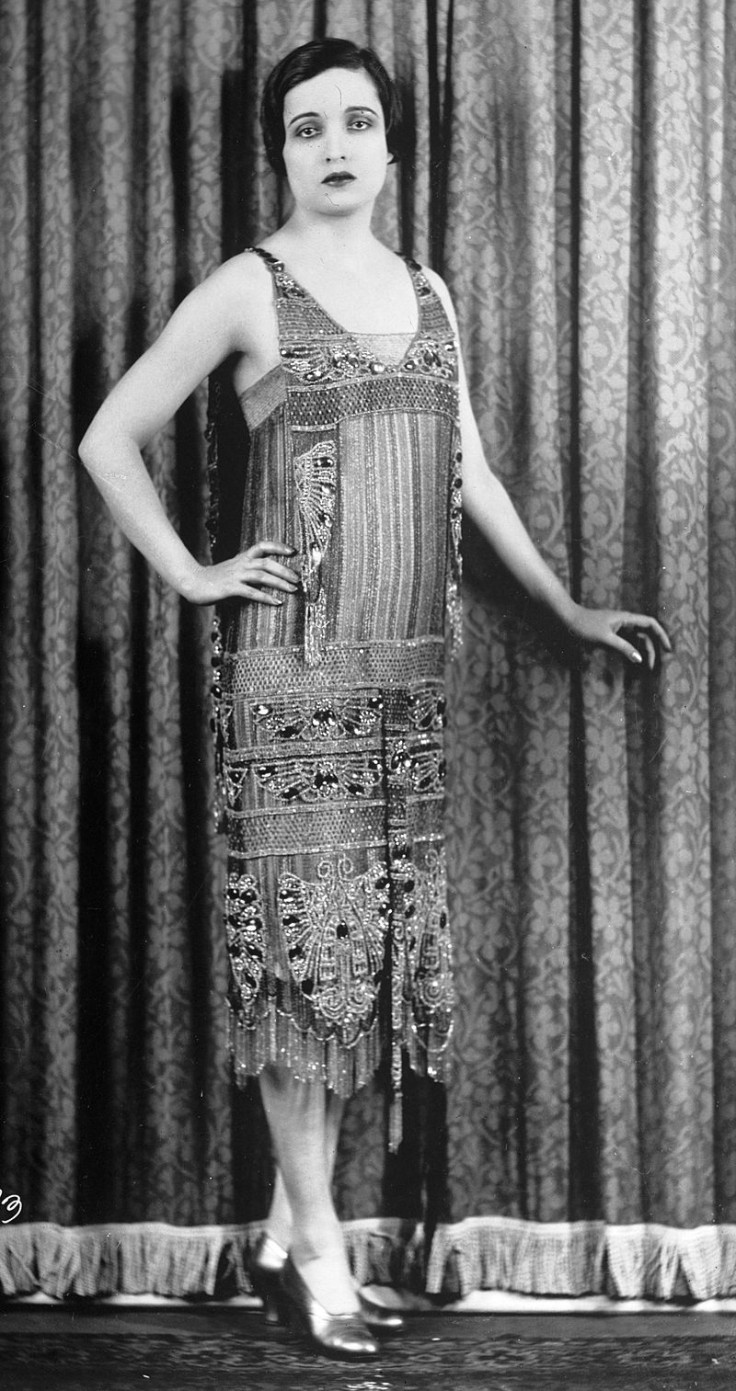
Flappers took over during the 1920s; they were trendy women with bob haircuts and slender, lean builds. Showing their disdain for what was considered polite and acceptable feminine behavior, flappers smoked, drank, danced, drove cars, listened to jazz, and reveled in casual sex.
During this time, men weren’t immune to the pressures of body image, either. Because women were beginning to behave more like men, living life vivaciously and sometimes recklessly, gender roles were already changing. By now, women could vote, drive cars, choose who they married, and even hold jobs that were previously allotted only to men. As a result, men began clinging to attributes that defined their masculinity — like mustaches — a trend that would continue well into the next several decades.
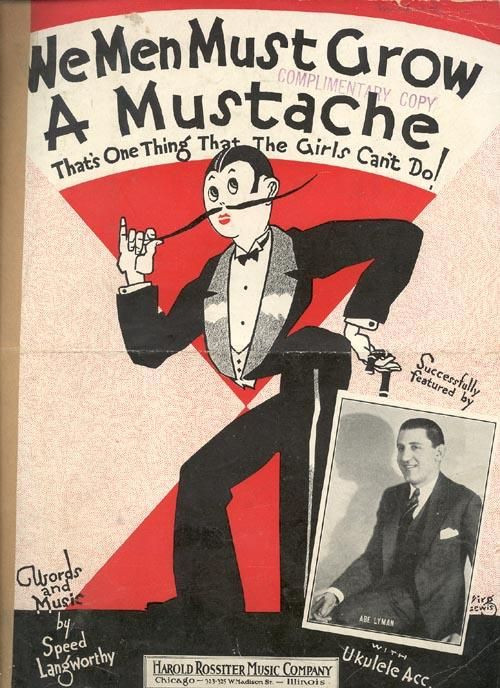

1940s-1950s: The curvy pin-up girls
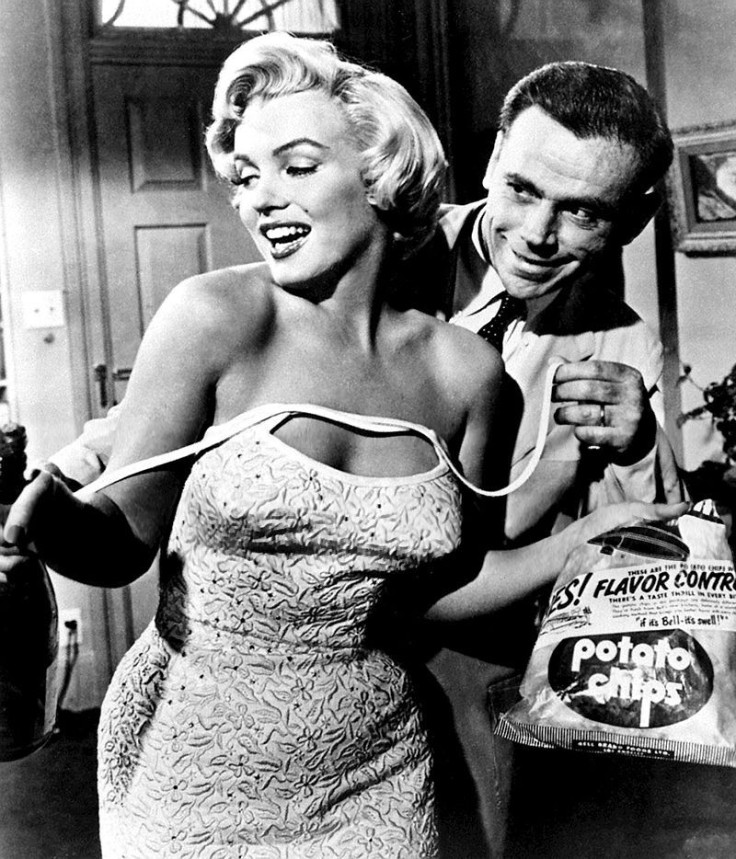
Perhaps the most iconic female figure of the post-war era and even into the early 60s was Marilyn Monroe. The leggy, curvy blonde was the pinnacle of attractiveness during these years, and still remains one of the most beautiful women in American history.

Girls today might complain that they’re under far more pressure to have a perfect, fit body than women were in the 1950s, but ladies back then were just as sexualized and pressured. Take pin-up girls, for example: glamourous models or actresses whose photos were mass-produced and meant to be “pinned up” on a wall. Pin-up girl photographs were also turned into illustrations that were highly retouched and stylized — the (likely male) artist would elongate legs, tuck in the waist, plump up breasts, similarly to what Photoshop does now, creating an unreal, unattainable human form. The ideal female body may have been heavier back then, but it was just as scrutinized, criticized, and retouched as it is now.
Ironically, these years also saw society shaming skinnier girls in the same way mass media shames fat figures now. Advertisements from the 1940s and 50s depicted skinny women as being hopeless in romantic pursuits, noting that gaining weight was their only hope to attract a suitor. There were certainly no such thing as thigh gaps or “thinspiration” in this era.

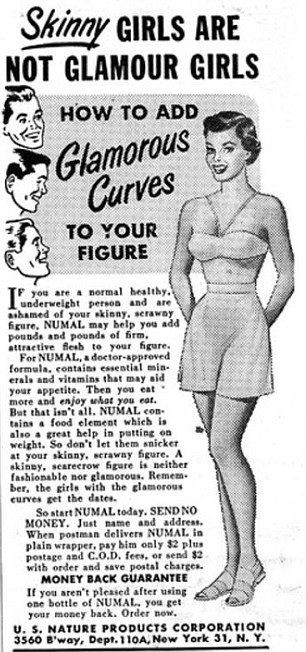
1960s: Twiggy
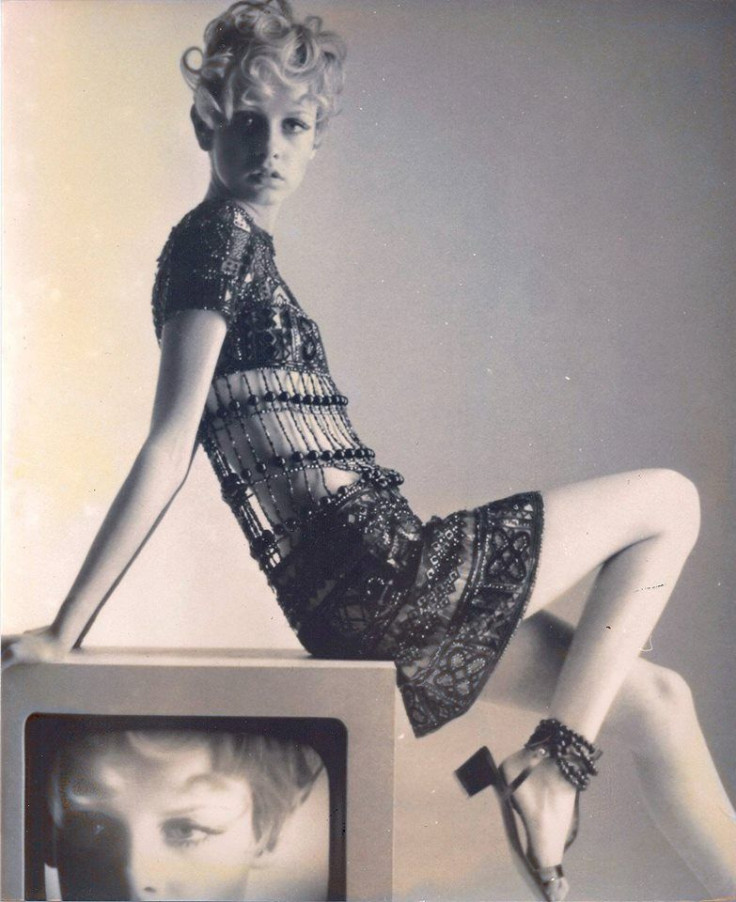
When the 1960s came rolling in, societal roles for both men and women were turned upside down. The psychedelic rock star look hypersexualized the male form, with the likes of Jim Morrison and Mick Jagger popularizing the long-haired, scrawny, feminine rocker charm. Famous women, meanwhile, adopted a slender, almost emaciated look. Curves weren’t as important as being rail-thin and elegantly fashionable, like the tiny model Twiggy and the slender, doe-like Audrey Hepburn, both of whom were fashion and body image icons during this decade.
1990s: The heroin-chic waif
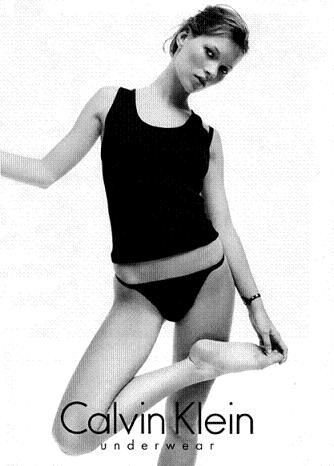
Farah Fawcett was a shining star in the 70s and 80s, glorifying the “hard-bodied” tanned female form. But as grunge took center stage in the 90s, a new trend emerged in fashion, known as heroin chic. If Twiggy wasn’t waif-like enough, the 90’s brought in a wave of models — spearheaded by Kate Moss — who exemplified the wispy, slender, drugged look of heroin-chic. The 90s was perhaps when the unhealthy obsession with thinness began, as Moss herself coined the phrase, “Nothing tastes as good as skinny feels.”
Let’s not forget that men also continued to be under pressure to have the bodies of strong, virile, muscular providers. “As women gain more financial power in society, men are expected to bring more to the table,” Michael Addis, professor of psychology at Clark University, told CNN in 2012. “In addition to being financially successful, they need to be well-groomed, in good shape, emotionally skilled in relationships and the emphasis on looking good is just part of the bigger package — the stakes have been raised.”
2010s: Thinspiration vs. plus-size models
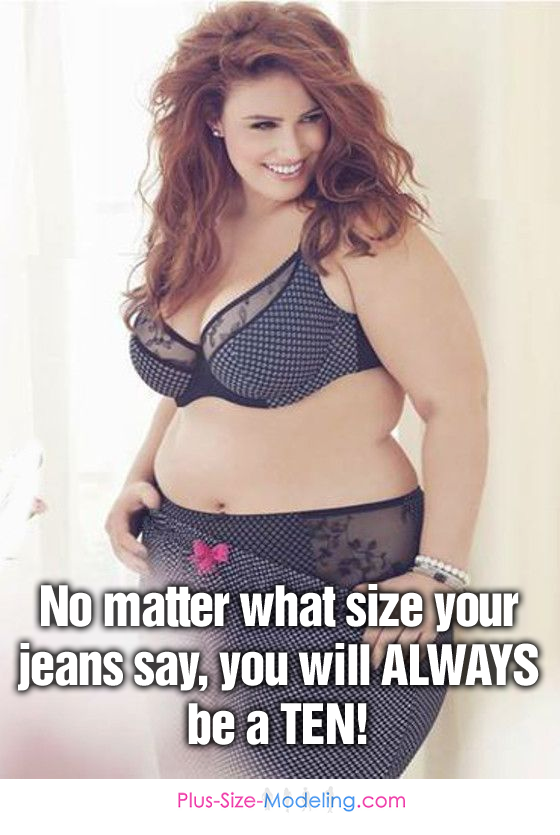

The past several decades have largely revolved around an “ideal” body image that involves skinny women (stick-thin actresses; the heroin-chic waif; or tall, lean, and tanned Victoria’s Secret models), but lately there’s been pushback from women all over the world who are tired of glorifying impossible female figures. The body-positive movement aims to overturn these outdated standards for women, and represent bodies of all shapes and sizes in the media.
See Also:
Scientists Analyze Harmful 'Thinspiration' Photos Of Women
Self-Esteem, Positive Body Image Reaches All-Time High In America



























